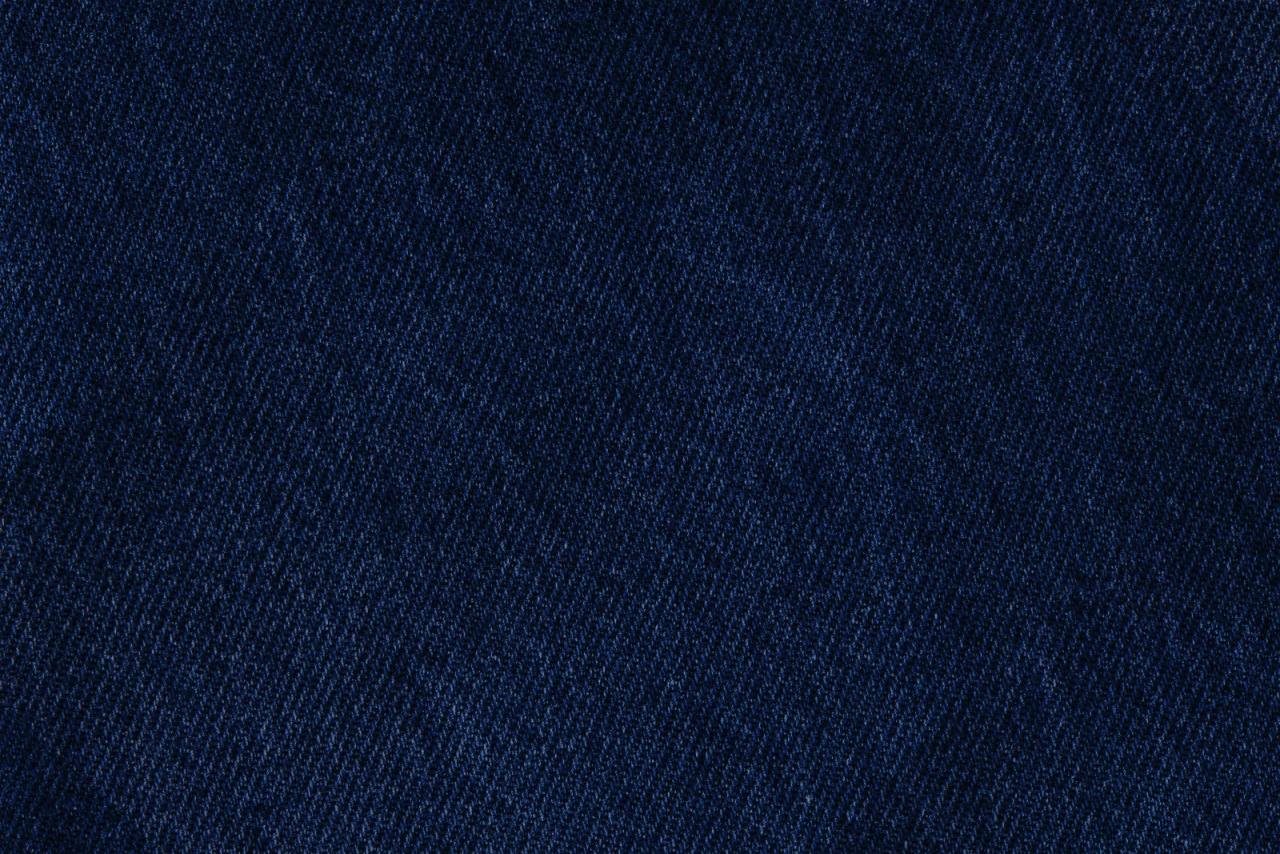There’s nothing like the feeling of silk against your skin, whether you’re luxuriating in silk sheets or playing with your favourite silk scarf. To understand why you can’t get enough of this smooth and indulgent fabric, let’ look at the properties of silk.
Characteristics of silk
Strength is one of the most interesting characteristics of silk. At first touch, you might be fooled into thinking silk is fragile but it’s actually one of the strongest fabrics there is. It may be elegant and gentle on your skin, but underneath the shine it’s brimming with power.
Part of this strength comes from the length of the fibres. Cotton and linen are made from short plant fibres that are spun together to make longer threads. Silk is cultivated from the cocoon of mulberry silkworm larvae – they can make a long, continuous thread to work with. The process is time-consuming and delicate, which explains the high cost of this fabric. You can’t pull a strand of silk into its component fibres in the way you can with cotton.
Of course, there are more properties of silk fibre than its strength. Such as:
Breathability. Silk is a lightweight, breathable fabric, which means it reduces the risk of overheating when you’re going about your day.
Elasticity. If they’re treated well, silk clothes are good at keeping their shape. Silk is flexible and has some elasticity to it which allows it to pull itself back into shape after stretching – to some extent. Don’t stretch silk unnecessarily or you may go too far.
Absorbency. Silk is fairly absorbent. Water weakens the fibres, though, so treat your silk carefully when you’re washing it. Cleanipedia has advice on that can help. If you’re using a fabric conditioner, you’ll want something gentle, such as Comfort Pure and should always check the item’s label for washing instructions.
Thermal regulation. Silk’s good at maintaining your body temperature which means it can help you feel cool in hot weather and warm in the cold. If you want a fabric that’s both thin and a good insulator, silk’s the way to go.
Drying speed. Silk is fast drying which makes it highly practical when managing your laundry or just going about your day-to-day business.
Shine. Silk fibres are smooth and straight, unlike wool, for example, which has a scaliness you’ll see if you put it under a microscope. This difference makes silk smoother to the touch and shinier to the eye, with an altogether luxurious feel.
Different types of silk fabric
Silk is the only continuous filament, natural fibre, and like wool, it’s a protein-based fibre. The structure of silk depends on the fibre source, and this is usually either China or India. More often than not, silk used in apparel is cultivated ‘raw silk’ comprised of two smooth and transparent filament rods with a triangular-shaped cross-section (this gives silk its characteristic lustre & scroopy feel – it makes a rustling sound when you rub it between your fingers!). Wild (Tussah) silk is different in appearance (coarser, thicker, flatter & broader with fine surface lines. Together, all of these properties contribute to the lustrous look, excellent drape, and luxurious feel of silk.
Of course, the properties of silk can depend on the types of silk fabric you’re working with. Here are some common silk material types you might come across. Some of these fabrics can also be made of polyester or nylon as a more affordable alternative.
Chiffon is translucent, very light and a lot of fun to swish around. It tends to need gentle care.
Crêpe de chine is a textured fabric, slightly rough to the touch. It’s less reflective than many silks, so it’s a good choice if the sheen and smoothness of other silk fabrics isn’t your thing. It’s versatile and can be used in anything from trousers to lingerie.
Dupion is dense, lustrous silk fabric, a little heavier than some different types of silk. It’s often used for formal wear. It’s sometimes woven with threads of multiple colours, which can create an iridescent effect. If you’ve got a silk jacket that looks blue from some angles and green from others, that might be dupion.
Habutai is a straightforward silk weave that comes from Japan. It’s often used in linings.
Organza is a sheer fabric, very thin and used for evening wear.
Charmeuse is a type of satin, which means it’s woven in a particular way that gives it a striking sheen. It’s soft, loose and easy to move in. Great for an evening gown.
Taffeta can hold its shape better than many types of silk fabric, which makes it good for elaborate ballgowns or even wedding dresses.
Velvet made completely of silk is hard to get your hands-on, so you’re more likely to find it mixed with rayon. Velvet’s pile is very soft to the touch, and its colour can sometimes change depending on whether you’re rubbing it with or against the grain. Give it a try; it’s fun!
Silk’s an incredible fabric. It’s lightweight, it catches the eye, and the many tempting properties of silk mean that it feels great to wear. With so many types of silk fabric to choose from, you’re bound to find something to your tastes.


